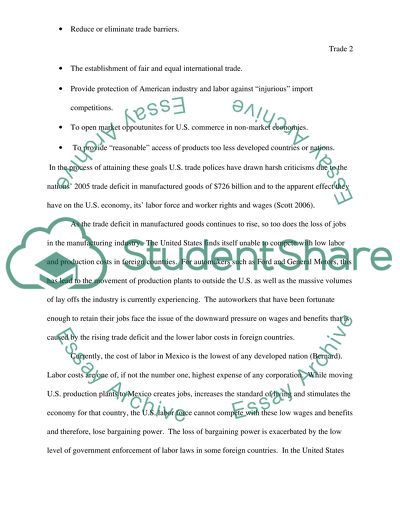Cite this document
(“United States trade policies and their effect on the automotive Essay”, n.d.)
United States trade policies and their effect on the automotive Essay. Retrieved from https://studentshare.org/macro-microeconomics/1519486-united-states-trade-policies-and-their-effect-on-the-automotive-industry
United States trade policies and their effect on the automotive Essay. Retrieved from https://studentshare.org/macro-microeconomics/1519486-united-states-trade-policies-and-their-effect-on-the-automotive-industry
(United States Trade Policies and Their Effect on the Automotive Essay)
United States Trade Policies and Their Effect on the Automotive Essay. https://studentshare.org/macro-microeconomics/1519486-united-states-trade-policies-and-their-effect-on-the-automotive-industry.
United States Trade Policies and Their Effect on the Automotive Essay. https://studentshare.org/macro-microeconomics/1519486-united-states-trade-policies-and-their-effect-on-the-automotive-industry.
“United States Trade Policies and Their Effect on the Automotive Essay”, n.d. https://studentshare.org/macro-microeconomics/1519486-united-states-trade-policies-and-their-effect-on-the-automotive-industry.


